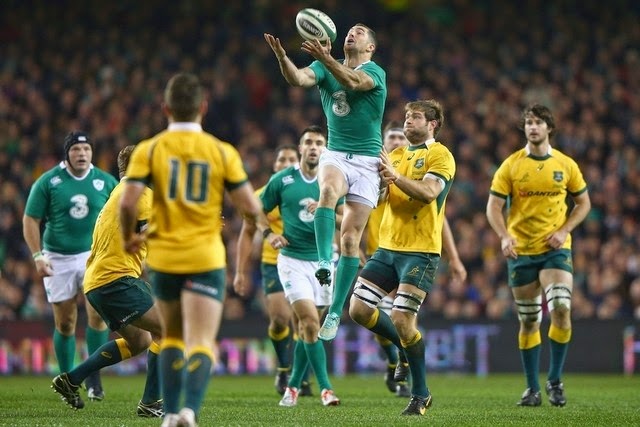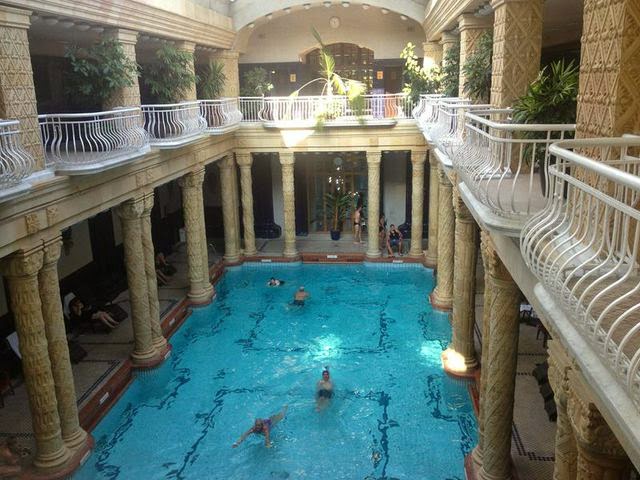A couple days ago was the first legitimate day of winter weather in London. A day when I thought to myself, 'I could use some gloves', and thus returned to a challenge that has scuppered me for over a year: finding leather gloves to match my shoes.
Faithful readers of my sartorial dictums will recall that I'm not too troubled when it comes to matching shoes and a belt. A good pair of city gloves, on the other hand, can play a key role in one's winter appearance. I used to have a great pair of brown leather ones I had gotten from the Gap, of all places, years ago for like fifteen bucks, until I lost them on a night out.
For the second winter running the first name on the proverbial team sheet out the door are my ruddy brown chelsea boots. Apart from a trip to Ted Baker on Bond Street to wistfully gaze at £95 kidskin gloves, I haven't been able to come across a decent approximation.
Alas, I'll stop rambling. Winter weather also ushers in Port season proper. It is a drink of lovely pleasure and enjoyment. Though for the uninitiated can be slightly bewildering, and it rewards careful selection. Unlike red wine, you'll never really have a bad port, it's just that at a fairly similar price point, one can pinpoint noticeable gems.
Port has a wonderful lineage of traditions and associations, all of which I'll write in depth about at some stage, but today is not that day.
One, for the sake of it, which has been invoked at a couple dinners I've been to, is, stemming from British Naval tradition, the decanter of Port can only be passed clockwise around a table (the port side being to one's left). So, if you're in need of a top up and sitting immediately to the starboard of where the decanter is located, it has to go all the way around the table first.
On second thought, maybe that's just really annoying.
Port remains, especially in the British tradition, the quintessential after dinner drink. It's most famous and expensive form is as Vintage bottlings. With the capacity and, in many cases, necessity to age longer than even the best standard red wines, Vintage is a traditional gift to lay down for a child's 21st , or even 30th or 40th birthday.
 |
| The steeply terraced slopes of the Upper Douro River, where port wine is produced |
The production of Vintage actually makes up for only a fraction of the fortified wines from the golden slopes of the upper Douro River. Thankfully for the rest of us there are the much more affordable bottlings from the principal great Port houses, with their headquarters on the wharves of Oporto.
On the first step of the ladder is Ruby Port. I hesitate to name it as an 'everyday' Port; not only because it would not be my choice, but if you have an everyday port you either likely have health issues or are stuck in the 18th century (an era often considered by historians as the most convivial of centuries for everyday drinking of the wine classes).
Nonetheless, if you've never really drank port, Ruby can be an inexpensive introduction (the UK supermarkets have their widely available own brands for around £7). It starts as a sweeter, richer, more alcoholic drink than red table wine, and gets more concentrated and lingering in taste as you go up through the gears. Though the alcohol remains at 20%.
 |
| Kokpe Ruby in a classic bottle and 18th century style glass |
The next step up is one of the variously labelled reserve ruby ports. The UK supermarkets tend to have some of these on offer quite regularly, but again some are much more worthwhile than others. My personal choices are Cockburns 'Special Reserve' (pronounced Coe-burn) and Taylor Fladgate's 'First Estate'. You can usually find them around £10 in UK and Taylor's 'First Estate' is $16.50 at the LCBO in Ontario. American prices in dollars, frankly, are usually closer to the British number, and sometimes quite similar. God bless America for relative lack of government regulated sin taxes!
These wines are non-vintage, and as such will generally be a blend of years before being aged for a about a year in barrel, bottled, and then released for sale. Ruby ports are not meant to age further in bottle.
For their flagship bottlings of Vintage, the port houses will only 'declare', that is produce, a wine in acceptably brilliant harvest years. This tends to be about one in every three or four.
The accessible version of Vintage, and my personal favourite style, is called Late Bottled Vintage. Like proper Vintage it's selected from the grapes of a a single harvest. Thus unlike Ruby which acts as a 'house blend', different bottlings from the same house will taste slightly distinct through the years. Unlike Vintage, LBV, as its affectionately known, doesn't have to come from a 'declared' year, although they still won't be produced every year.
LBV developed progressively through the 1960's as the port houses looked to utilize their wines that weren't being snapped up as Vintage bottlings. In the end it opened up well crafted and respected port to a much wider audience. In order to essentially accelerate the decades long process of magnificently concentrated Port mellowing in someone's cellar, the LBV is kept in barrel significantly longer. Then it is bottled only after five or six years maturing, hence the name, but also representing a unique maturation method in the world of wine. Even top 'Riserva' red wine will at most spend to two or three years in barrel.
2007 was a universally acclaimed year for Port, but it's harder to find those LBV's still around in the shops. 2008 and '09 were both regarded as good years. My personal picks of LBV always start with Graham's. There's something of the richness in it, and it doesn't hurt it was the first port I really got to know (much like Plymouth for gin).
Graham's 2009 LBV was given a Gold medal by Decanter magazine, and is £12 at Sainsbury or $17 at LCBO. Tesco's 2008 LBV received a Silver medal is £10.60.
Considering the price gap between Vintage, often selling in the hundreds of dollars, the going prices for LBV, for something approximating the charm and beauty of delicious Port, really makes it one of my favourite drinks.
Finally, my pick for a classy Christmas present for your hosts in lieu of a bottle of Champers is 10 year old Tawny Port.
 |
| Graham's 10 year old Tawny. A lovely drink for the holidays |
It's slightly challenging to describe Tawny without resorting to saying 'it's not ruby-ish', but gamely, I'll try. It has a bit more of a burnt toffee or caramel aspect to it than the out and out rich, sweetness of Ruby, or the dark, richness of LBV. It almost, almost, has a brandy sort of note to it than Ruby, which is so straightforwardly the copiously adulterated version of red wine.
Graham's, again stands out. It's 10 year old Tawny is £18 at Sainsbury and $28 at the LCBO. Warre's Optima 10 year old is also highly regarded and for a 500ml bottle is is £13.50 at Waitrose or $23 at LCBO.
For Christmas season deserts, Tawny, as its colour suggests goes well with traditional pudding or things like caramel or carrot cake. Whereas LBV would do better with dark chocolate.

































